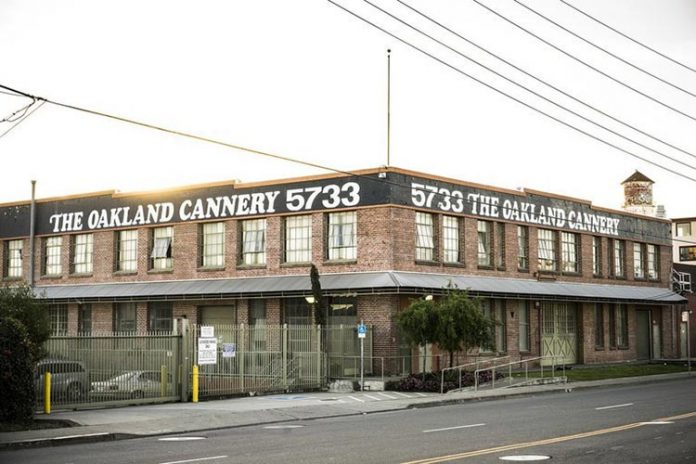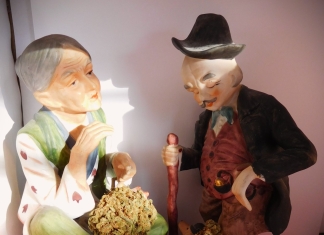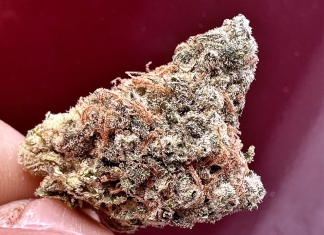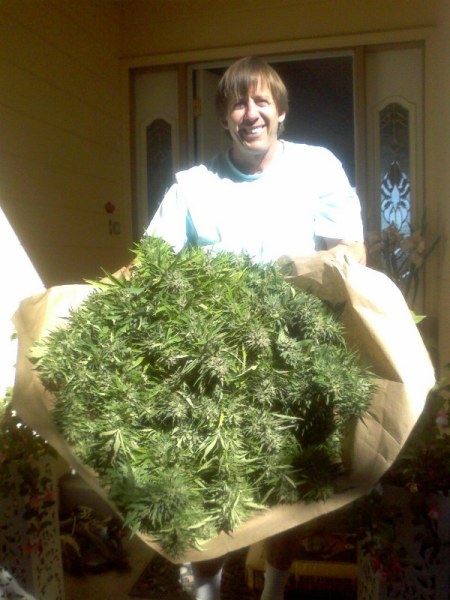The Oakland Cannery is just the type of place that the city likes to promote as its heart and soul. The former Del Monte fruit processing facility has for several decades served as a live/work space for painters, musicians, fashion designers, writers and photographers.
Then came Big Cannabis.
Green Sage, a company that specializes in marijuana-related real estate, bought the Cannery for $14 million in November and told the building’s manager that it planned to use the space for marijuana manufacturing and would evict tenants from their rent-controlled apartments in January. (Green Sage did not respond to an email request for comment.)
Oakland’s City Council has embraced the marijuana industry since recreational sales were made legal in January, and part of the city has been designated as a “green zone,” where marijuana businesses are allowed to operate. The area happens to overlap with neighborhoods where many industrial warehouses have been converted to live/work spaces.
“The city never thought cannabis and the art world would collide, that there would be a conflict of interest,” said Rebecca Firestone, a writer and performance artist and one of about 35 residents at the Cannery. “I am in favor of the legalization of cannabis,” she continued. “But I would like to see everyone coexist.”
The tenants brought their case to City Hall, which was faced with the Solomonic choice between encouraging the cannabis industry or preserving affordable housing at a time when many people, not just artists, are finding it hard to afford life in the Bay Area.
The city chose the artists. This month the City Council voted to restrict cannabis businesses from operating in locations previously used as work/live or residential spaces.
Alistair Monroe, a tenant who lives in the building with his 82-year-old father, says they are pleased with the City Council decision but fear that Green Sage could still evict tenants and use the building for other purposes.
“That would force the majority of us out of the city,” Mr. Monroe said. “We are truly about the creative process that makes the fabric and the richness of the soul of the city.”














